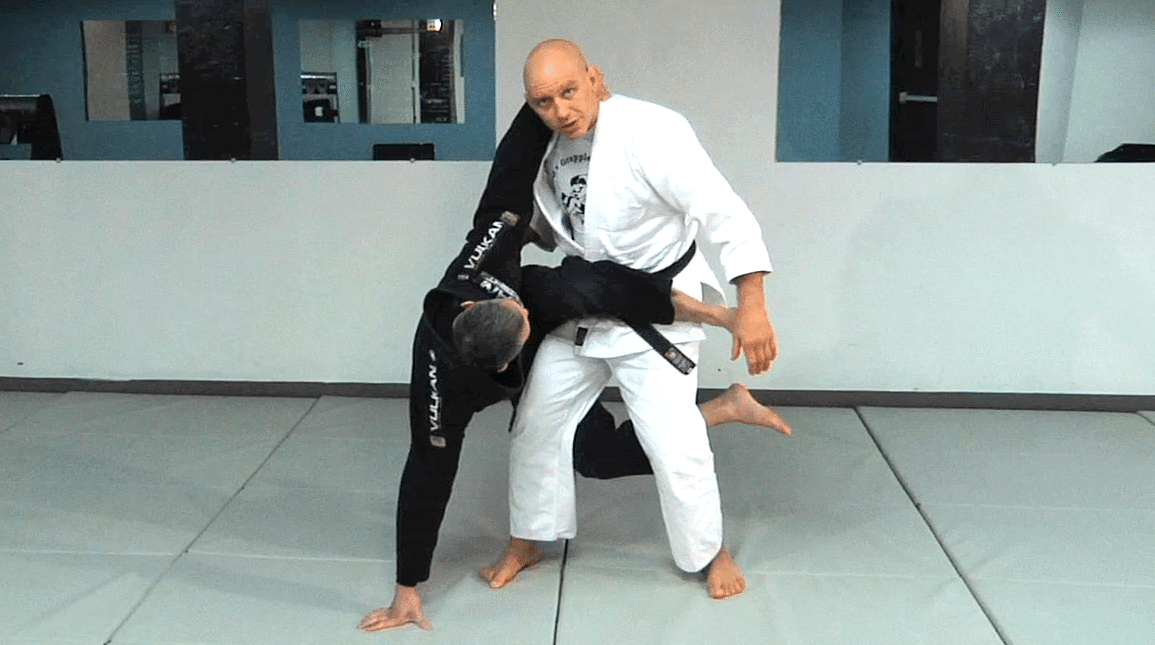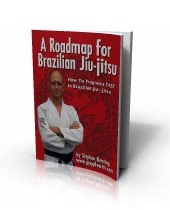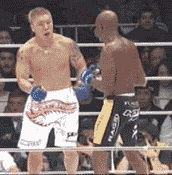
There’s a good reason that the extremely effective throw Kani Basami has been banned in all Judo and most BJJ competitions: it’s super dangerous!
Kani Basami has inflicted severe lower body injuries in dojos and competitions all over the world. I myself used it extensively until I was sparring with a wrestler, misjudged the distances, and landed on his ankle severely twisting it. He was out of commission for months recovering from that injury.
Furthermore, at my club two different people tore their ACLs and had to have surgery after this throw went awry.
Here is a video I shot breaking down Kani Basami, and showing how it can go wrong.
I don’t think I can come up with a better illustration of the dangers of this throw than the next video in this blog post. In it the Japanese Judo legend Yasuhiro Yamashita breaks his leg when his arch-rival Sumio Endo attacks him with Kani Basami. The throw was banned in Judo shortly after this incident.
It’s really too bad that this throw is so dangerous because it’s a great surprise attack. It’s a particularly good counter to use against uchi-mata specialists (like Yamashita) because they tend to stand in a staggered stance with one leg forward and one leg back, which is the perfect position for your opponent to be in when you launch yourself into the air.
Kani Basami is also really useful if you like leg attacks. When you hit the ground you’re in a great position to launch into some very powerful leg attacks.
One leg attack combo that follows Kani Basami very naturally is the ‘leg weave’ leglock. That’s the second attack in the video below:
Another example of following Kani Basami with a leglock is the heel hook that Ryo Chonan hit on Anderson Silva in Pride Shockwave, 2004, in Japan. It’s a beautiful come-from-behind victory against one of the very best MMA fighters of all time!
So we’re left in a dilemma with no easy solution. Kani Basami is a useful, powerful, versatile technique. If you’ve been properly taught and are supervised by an experienced instructor it’s possible to drill it somewhat safely so long as it’s a static scenario (without people moving around. But as soon as you take it to a ‘live’ setting – i.e. against resistance in sparring – there are just too many variables, misjudgement, slips, trips and little things that can go wrong, any of which can lead to a career-ending injury.
I’d say ‘train it at your own risk’ but it’s really your training partner’s safety that we’re taking risks with when we use Kani Basami.
The bottom line is preserving your training partner is the only way to get better, so maybe this is just one of those techniques that we have to reluctantly leave behind unless both you and your training partner are willing to accept a significantly elevated level of risk.



